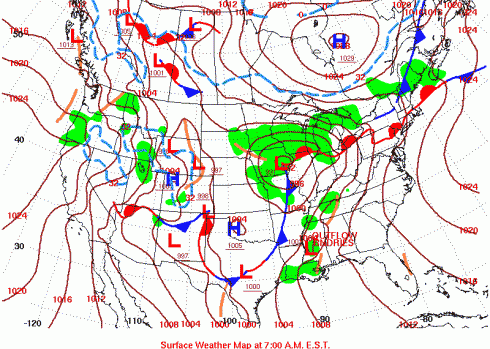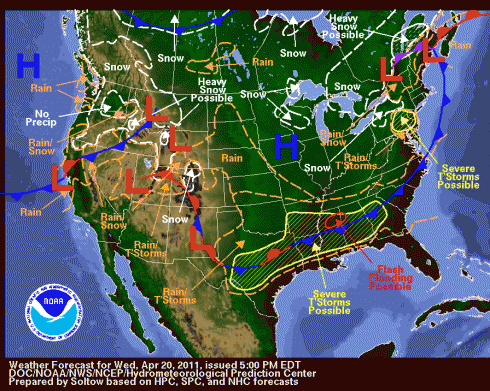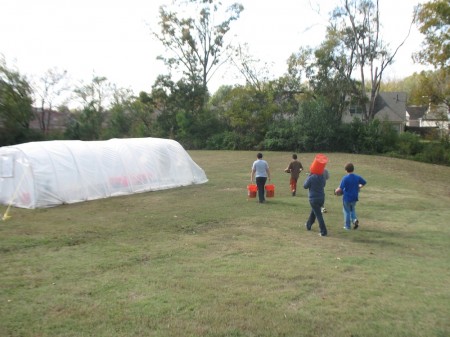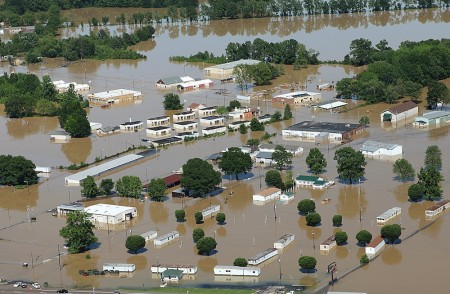
The first few mornings at Heifer were cold. About five or six degrees Celcius (in the 40’s Fahrenheit) at sunrise. The large barn we slept in had been “converted” from housing horses to housing people. Apparently, horses prefer wide-open, drafty places.
But a warm sleeping bag goes a long way. And being forced to wake up just before the break of dawn does have certain advantages. I’m rarely up and about in time to capture the morning light. With the early morning fog drifting across the slopes and rising off the lake, those first few mornings were wonderful for photography.
Sunrise is usually the coldest time of day. After all, the Sun’s been down all night, and is only just about to start warming things up again. Cold air can’t hold as much moisture (water vapor) as warm air, so as the air cools down overnight the relative humidity gets higher and higher until it can’t hold any more – that’s called saturation humidity; 100% relative humidity. Then, when the air is saturated with water vapor, if it cools down just a little more, water droplets will start to form. The cooler it gets the more water is squeezed out of the air. Water vapor in the air is invisible, but the water droplets are what we see as fog. Clouds are big collections of water droplets too; clumps of fog in the sky.









